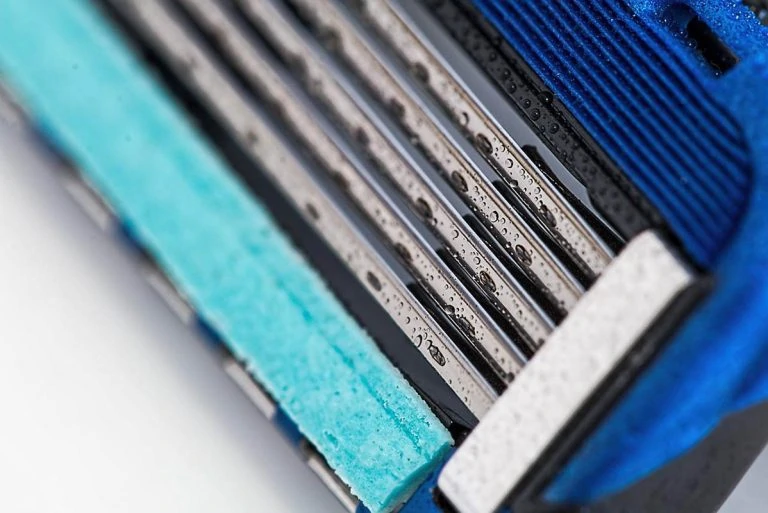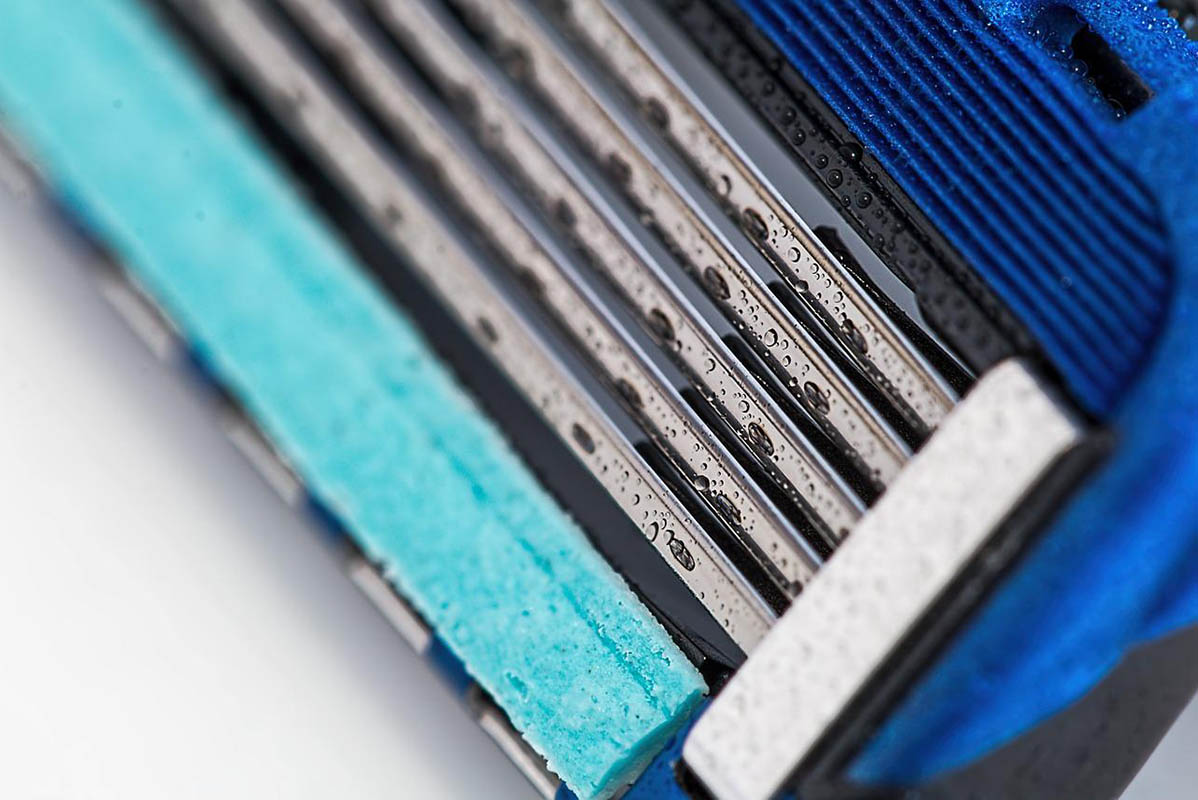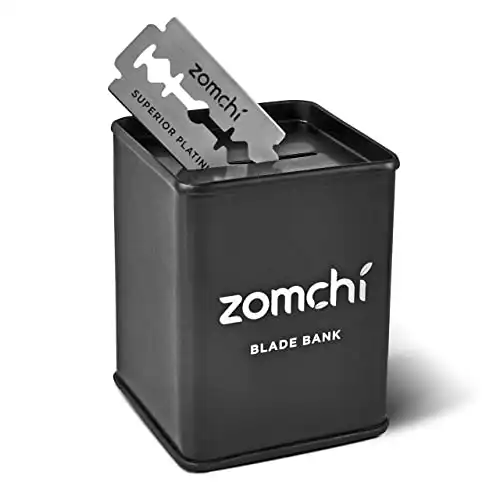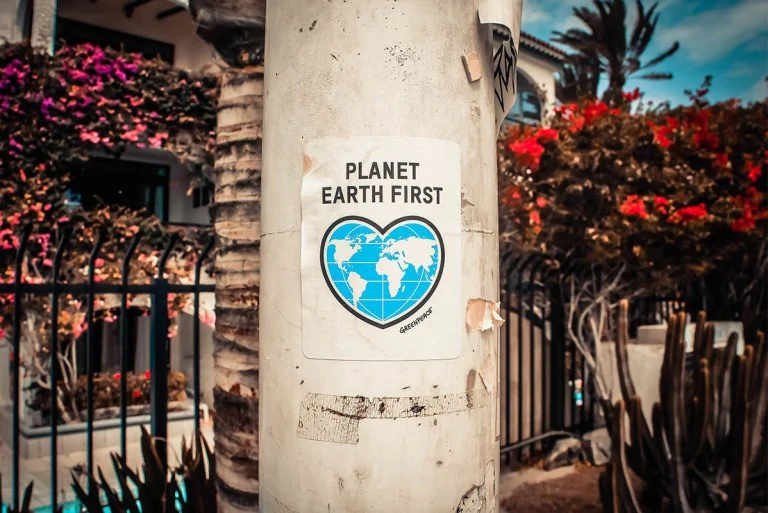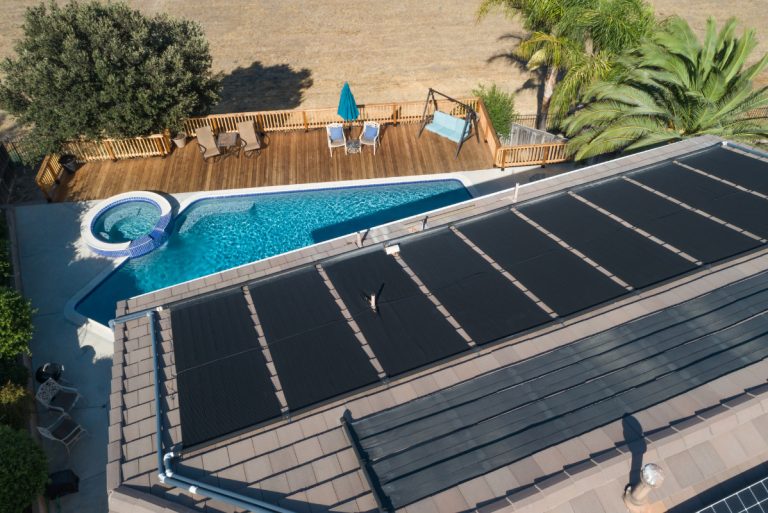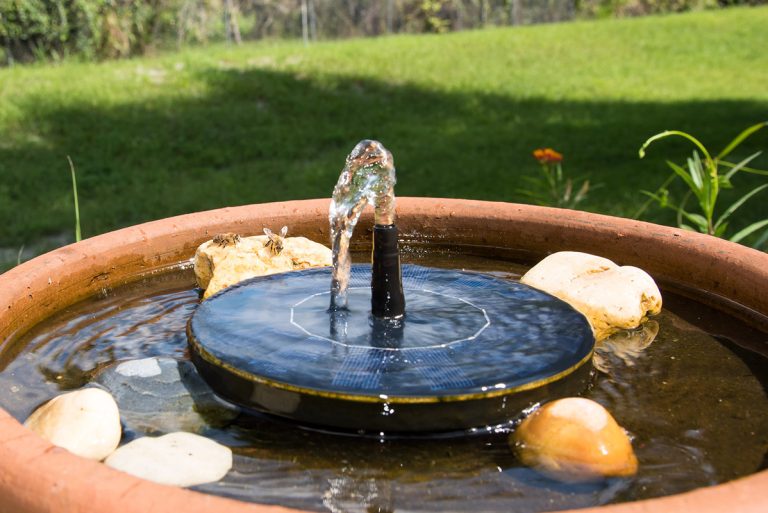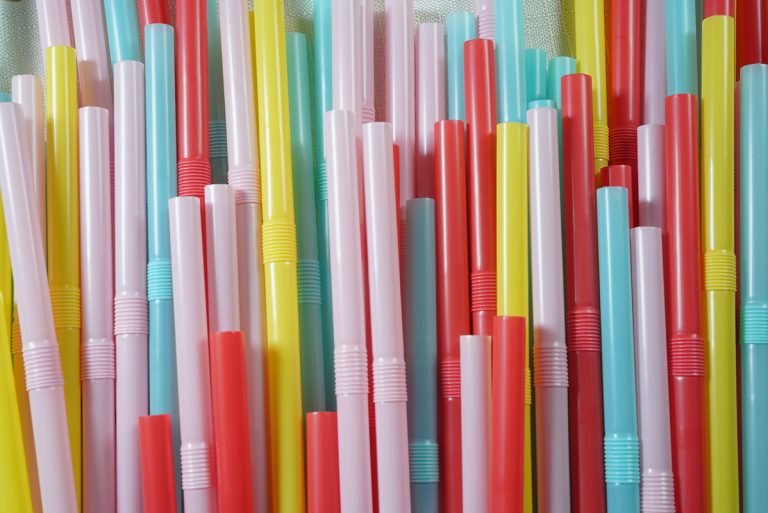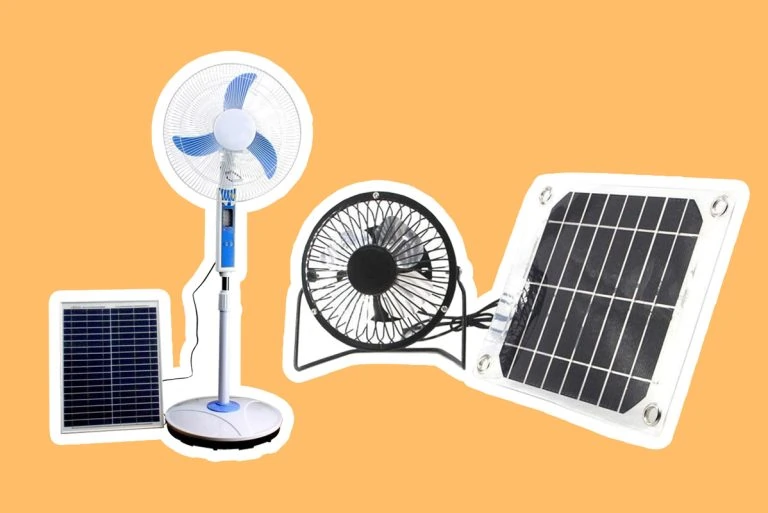As hard as you try to make your bathroom routine zero waste by using waste-free toilet paper, deodorant, and toothpaste, there are certain items like razor blades that will always need to be thrown away when you’re done with them. However, you can avoid sending your old shaving accessories to landfill by learning how to recycle razor blades.
Why you should recycle razor blades
American households toss out around two billion disposable razors every year – that’s enough to encircle the globe six times over!
EPA
With so much volume potentially ending up in landfill year after year, this has grave implications for the environment. The plastic components of disposable razors can take literally hundreds of years to break down. In the meantime, it literally piles up in landfills, polluting our precious natural environments.
Worse still, it never actually biodegrades! Plastic simply breaks into micro pieces that pollute the earth and often make their way into waterways and eventually the ocean.
A recent scientific study detected worrying concentrations in the blood of human participants, which demonstrates how microplastics can make their way through the ecosystem, killing animals and destroying habitats.

Source: Flickr / Tools of Men
Additionally, the blades themselves may contain varying quantities of toxic metals or be coated with other hazardous chemicals. If you throw your razor blades away, these harmful components can leach into the soil and waterways.
How to recycle razor blades
Razor blades are made of carbide steel, a highly recyclable material. This metal can be melted down and repurposed into new products such as tools, sheets, machinery, and even roads.
However, the problem is that these blades are often embedded in a plastic casing. This plastic is typically also recyclable, but separating them out in order to do so is difficult and costly.
For this reason, it is highly unlikely that you’ll be able to recycle razor blades through your local municipal recycling program, though there are plenty of recycling centers that do accept this item.
1. Find a recycling service
The first thing you should do is connect with your local sanitation department. Though they’re unlikely to take razors curbside, they may offer a special collection program or similar for items like razor blades.
If not, check an online finder tool like Earth 911 to find an appropriate facility near you. Simply enter the type of material you want to recycle, ie. razor blades or disposable razors, and your zip code, and the site will show you the closest recycling center.
These finder tools will also display any collection centers nearby that will take blades and other sharps – these are often located in hospitals, pharmacies, and fire stations.
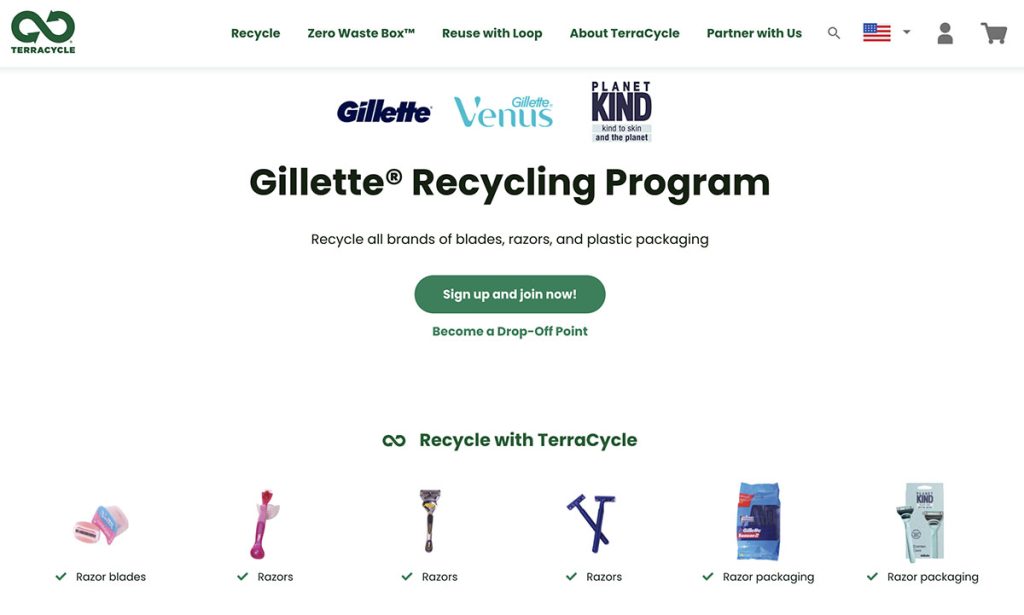
You can also look into Gillette’s razor blade recycling program which they run in conjunction with TerraCycle. This scheme takes old razors as well as associated materials such as rigid plastic packaging.
Check their site to see if there’s a drop-off point in your area. If not, you can also ship your old blades to TerraCycle for recycling, though this does come with a cost.
Another option is to give your used disposable razors to Gimme 5, a company that makes razors from recycled materials. The company accepts razor blades and type #5 plastics which they use as raw materials to make their products.
They partner with Whole Foods, so you may be able to find a collection bin at your local store, or you can mail your old razors in to them.
2. Store them properly
As part of recycling your old razor blades, it’s important to know how to store them safely. An excellent way to do this is with a razor bank, which is specially designed to keep razor blades secure and away from little fingers.
Once full, just drop the box off at a recycling facility or collection center.
You can pick up a razor bank at most pharmacies or use an old tin or jar to store them until you’re ready to take them for recycling.
3. Prep them for recycling
Before dropping off your old razor blades at a recycling center or collection point, check with them to see if you need to do anything with them first. Some facilities may ask you to separate any extra components like caps or rubber grips.
Alternatives to disposable razor blades
Another way to avoid sending stacks of razor blades to landfill and polluting the environment is to switch to a more sustainable alternative.
For example, you can switch to using a straight razor. If you invest in a high-quality one, you can expect it to last you for years or even decades, slashing the waste you produce.
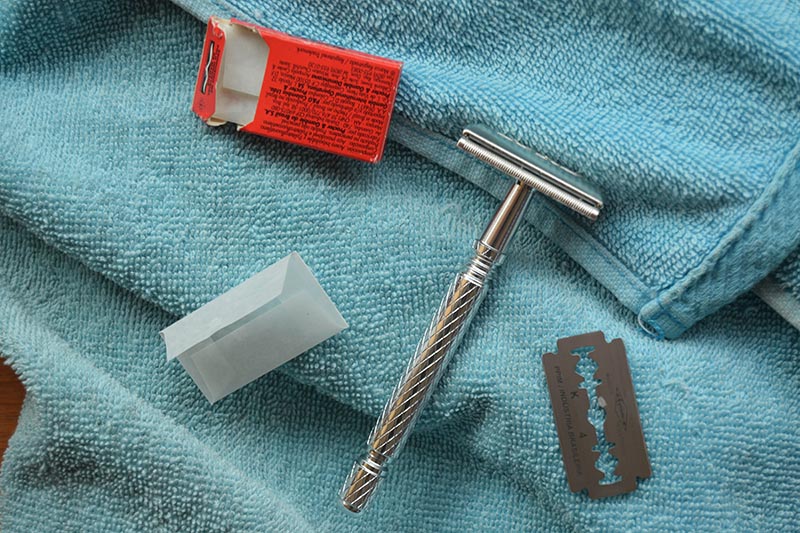
Another eco-friendly option is non-disposable razors with blades that are designed to be easy to recycle, such as cartridge razors.
You can also minimize the amount of waste you produce by extending the life of your razor blades. After each use, rub some baby oil or razor saver product into the blades. This will keep them sharp and avoid rust forming.
By looking after your blades, you won’t have to replace them so often!
Final thoughts
Trying to live a zero-waste lifestyle can be challenging. It’s relatively easy to avoid single-use plastic bags and bottles, but what about other items we use every day such as razors?
The good news is, you can recycle razor blades and even disposable razors to avoid them ending up in landfill and polluting the environment. Better yet, go for eco-friendly alternatives and keep your blades in good condition so you don’t have to replace them so often.
If you’ve enjoyed learning how to recycle razor blades, check out our guides to recycling other tricky household items such as Christmas lights and child car seats.
